Speak to an expert: 0333 0069769
How often should you flip or rotate your mattress? Here's everything you need to know.
Flipping your mattress is one of those tasks that's easy to forget. But regularly flipping or rotating your mattress can actually add years to its life span.
Making sure you're sleeping in a different spot every few months ensures even wear all over which prevents certain areas from sagging – but you can’t flip or rotate all mattresses.
So how often should you flip your mattress? Do you have a flippable mattress, or does it need rotating? Find out how and when to do it in our helpful guide.
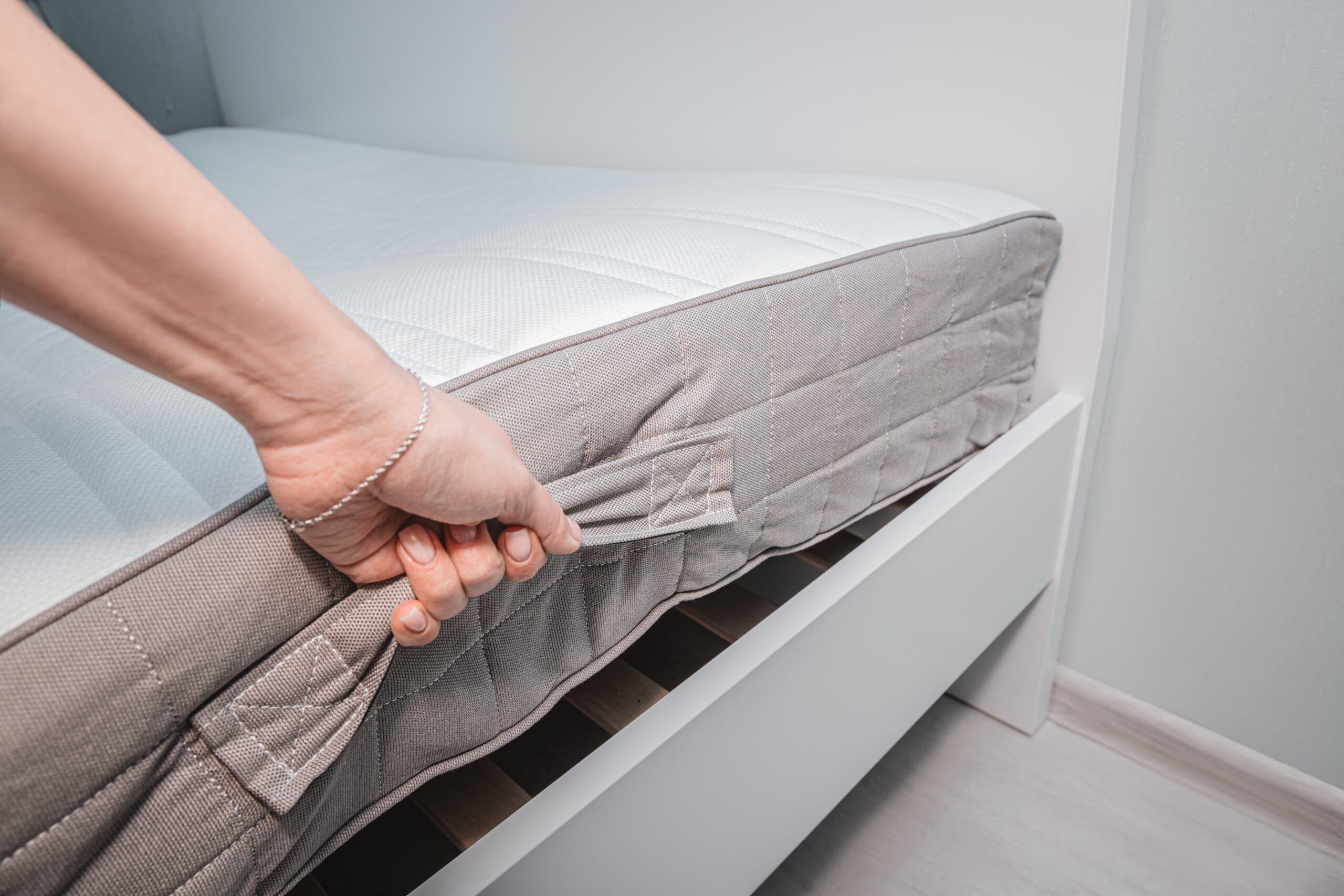
Each mattress type is different. Most mattresses are built to be rotated rather than flipped, and flipping one that isn’t designed to be can damage it or void its warranty. Doing so could also impact its comfort, too!
Before we get started, here’s the difference between flipping and turning a mattress:
The majority of mattresses are meant to be rotated unless the manufacturer has stated otherwise in the product details, such as a lot of latex mattress, hybrid mattress, pillow top mattress, and memory foam mattress. If you live alone, you’ll be pleased to read that rotating a mattress is much easier than flipping it.
Make sure you rotate your mattress topper too!
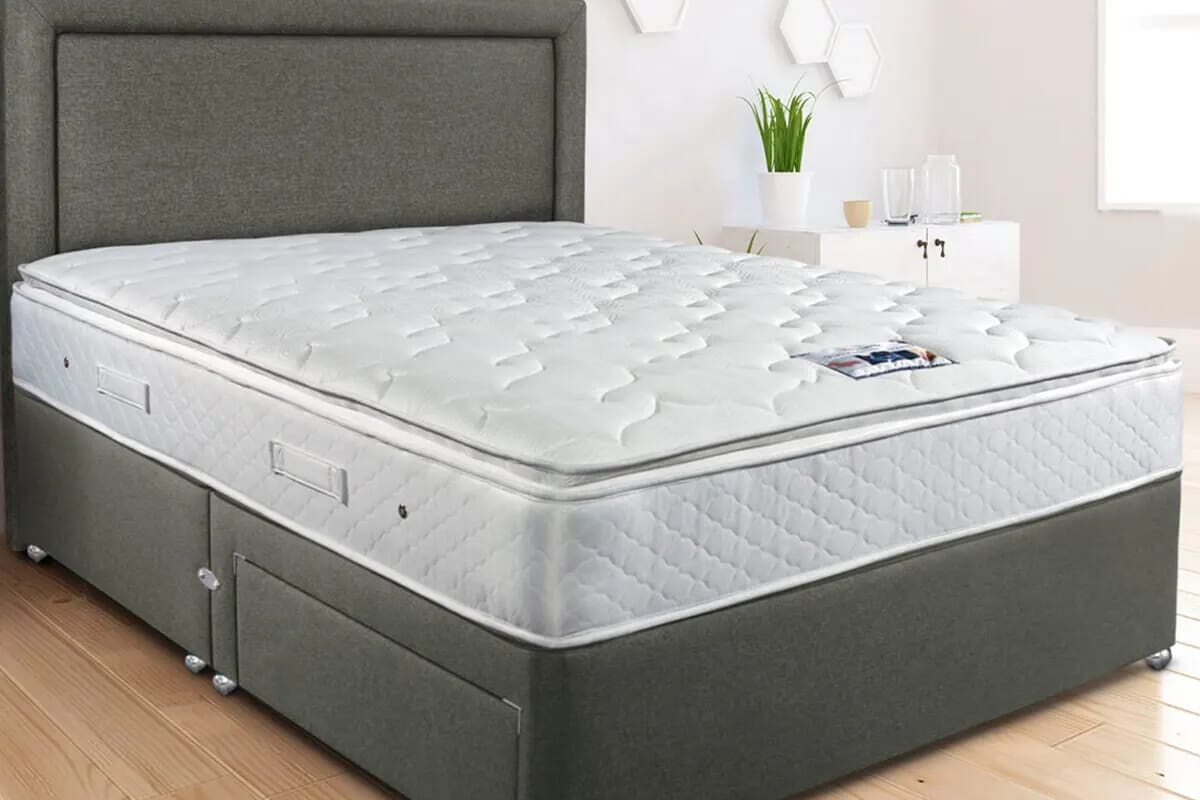
Even the best mattress needs rotating. Turning your mattress regularly allows the memory foam or springs to recover. If you constantly lie in the same spot for months, it will eventually conform to the shape of your body. You’ll end up with dips and lumps that can ruin a good night’s sleep.
Rotating a mattress evens out the wear patterns and allows the foam layers and springs to regain their original shape. This prolongs the lifespan of your mattress. It also ensures that you keep your spine in that all-important neutral position and prevents pressure points from developing – otherwise you can experience back pain, neck aches, and muscle stiffness. If you notice any of these things, make sure to rotate your mattress.
If you want to avoid those uncomfortable lumps, bumps, and dips, you should turn your mattress every three to six months. This will depend on the type of mattress and its age. The older the mattress, the more often it should be turned.
The goal behind rotating your non-turnable mattress is for the mattress to take a 180-degree turn without flipping over. For maximum gain, you can plan out your turns for the year to make sure you're always on time with your rotations.
Some mattresses can’t be rotated because they’ve been designed for a specific purpose with special features. For example, zoned comfort support mattresses provide extra support to certain areas like hips and shoulders while feeling softer in other areas. So if you rotate this type of mattress, your body will be missing out on this feature which can also result in a worse night’s sleep and less comfort.
Most mattresses should not be flipped unless explicitly stated by the manufacturer. If your mattress is double-sided, this can be both rotated and flipped – one side may be firmer than the other, so you have a choice in comfort.
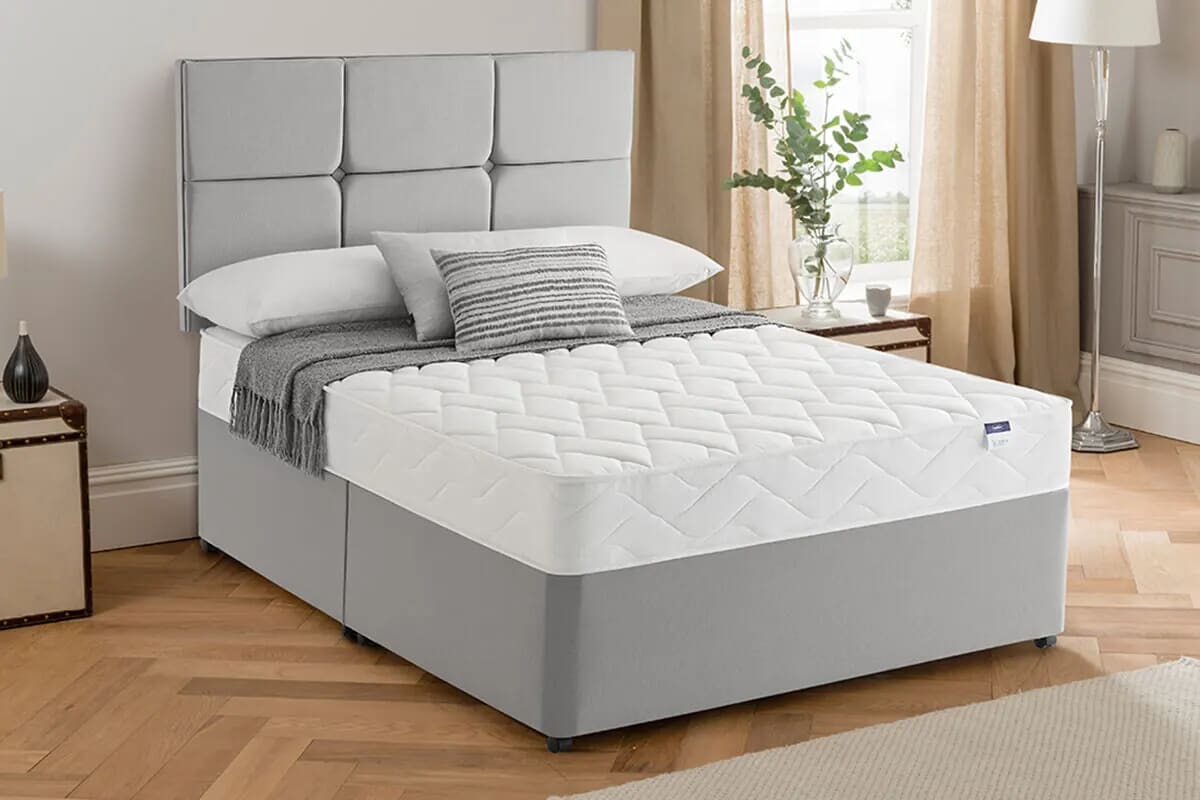
Regularly flipping your mattress prevents a body impression which causes sagging in one area. Instead, the steel coils don’t wear out prematurely as your weight is spread evenly across the mattress.
You should flip your mattress once every six months. However, you should check any information that came with your mattress including labels, which will give guidance on how often you should flip it. If you no longer have the mattress care information, you can look up your mattress online. There should also be information in the mattress’ warranty booklet.
If your mattress is double-sided then you can flip it over regularly. Bear in mind that memory foam mattresses are single-sided. They’re known as no-turn mattresses and shouldn’t be flipped, but simply rotated from top to bottom every six months.
Before modern mattresses, flipping your mattress was the norm. However, there is a much greater choice of mattresses available today. Options such as a memory foam, latex, hybrid, and pillow-top mattresses have been built with strategically placed layers of foam which means they are one-sided. Flipping one-sided mattresses leads to excess pressure on the comfort layer, causing irreversible damage to the mattress.
Plus, flipping a one-sided mattress means you’ll be sleeping on tough springs which are incredibly uncomfortable. With these styles, it's quite easy to tell that they're one-sided; the bottom layer is usually a different colour, and the mattress won’t have any comfort layers. Check out our guide to no flip mattresses to find out whether you might prefer one.
No, you cannot. Memory foam mattresses only have the foam layer on the top side of your mattress. Flipping it over means that you’ll be lying on the uncomfortable side that hasn’t been designed for being slept on.
Instead, it's usually recommended to rotate it 180 degrees every three to six months to ensure even wear. For more information, you can read our Memory Foam Mattress Buying Guide.
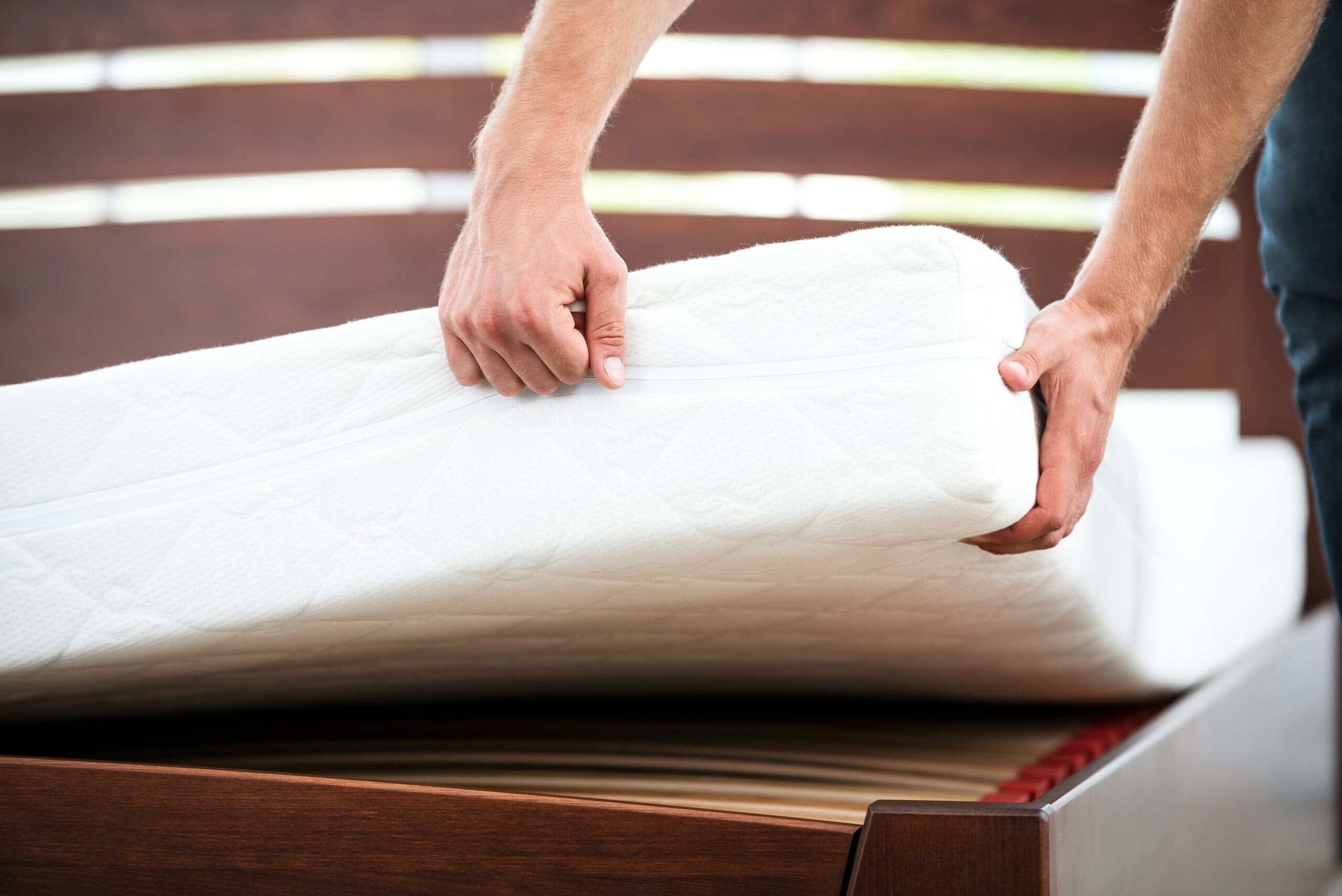
Here, we answer the most common questions about mattress turning and flipping.
Yes, rotate your Emma mattress, but do not flip it. The manufacturer recommends that you rotate it once a month for the first six months, then every three months after that.
If only one person is sleeping on a mattress, it still needs to be turned regularly to prevent lumps and dips from forming. This should be done every three to six months.
If you consistently sleep in the same position, rotating the mattress will allow it to recover its original shape. The frequency that you turn your mattress will also depend on other factors including the size and weight of the sleeper, the age of the mattress, and mattress type.
The simple answer is yes. If one partner is heavier, then rotating your mattress more often will help to avoid dips and sagging. If there is a considerable difference in size and weight between the two partners, rotate the mattress every three months rather than every six months.
If your guest mattress and mattress topper are used sporadically rather than every night like your own, then you could rotate it once a year, depending on how often it is used, or you may want to choose a sofa bed instead.
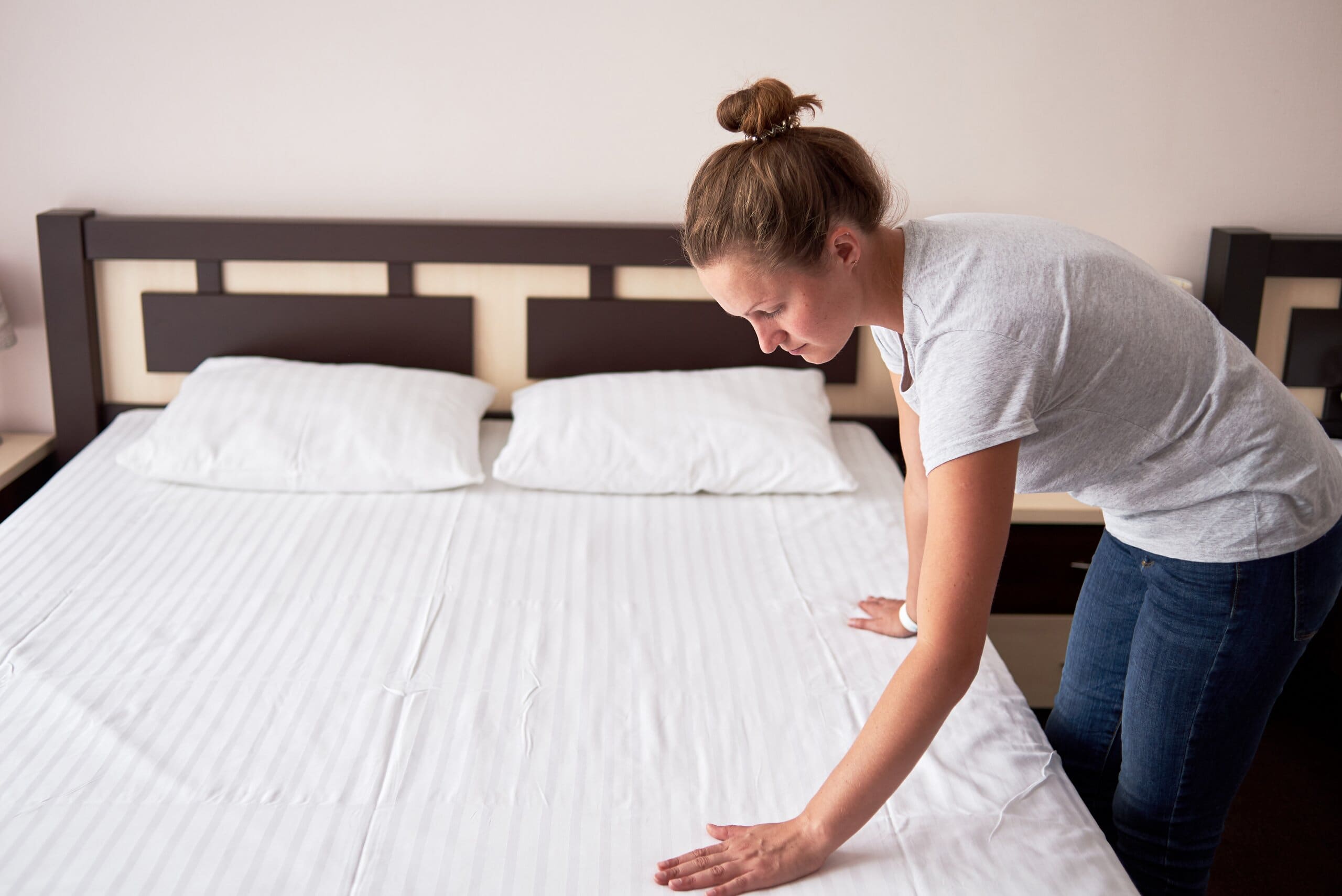
There are many things to do to extend the lifespan of your mattress, however eventually after many years, no amount of flipping and rotating can fix it. Read our guide on how often should you change your mattress and, if it’s time to change, check out our mattress sale, where you'll find up to 70% off both turnable and no-turn mattresses.